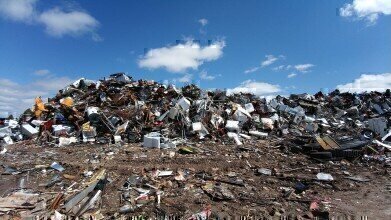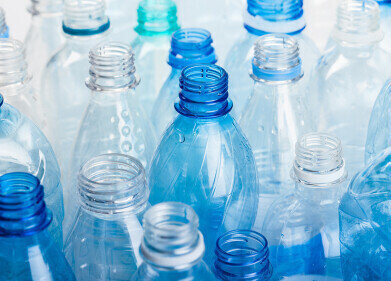Waste Management
Why Are Disused Landfills So Dangerous?
Apr 11 2018
There are an estimated 1,264 disused landfill sites in coastal locations throughout England and Wales. With many of those being operational at a time when there were no regulations about what could and could not be disposed of in a landfill, it’s virtually impossible to say exactly what they contain and how damaging they could be.
To make matters worse, the increasingly turbulent weather phenomena that appear to be exacerbated by climate change make the risk of these landfills becoming eroded or flooded ever more present. If that should happen, the health of surrounding flora and fauna could be severely compromised.
No rules
Prior to the mid-1990s, British landfills had loose or non-existent regulations regarding what types of refuse could be put into them. That means that today, we have a poor understanding of exactly what these sites contain – but their proximity to the sea could spell trouble for marine life in coastal areas, and for humans bathing in them.
Many of the sites were specifically used to raise the level of outlying land and even act as a rudimentary flood defence, but the increasing intensity of British storms means that they are in danger of no longer being able to withstand the elements. Despite modern methods of flood prevention, there is the very real risk that the contaminants contained within these ticking timebombs could be unleashed on the waters in their vicinity.
A concerning study
A study carried out in 2016 delved into the contents of two landfills to try and determine what kind of pollutants were stored within. Analysing refuse samples taken from Hadleigh Marsh landfill (operational between 1980 and 1987) and Leigh Marsh landfill (in use between 1955 and 1967), the researchers found concerning levels of several different contaminants in both.
63% of the Hadleigh Marsh samples and 100% of the Leigh Marsh samples contained dangerously high levels of pollutants according to marine sediment quality guidelines. Hadleigh Marsh was particularly concerning, seeing as how it was used as a flood defence and contained 125kg of cadmium, 9,250kg of lead and 985kg of polycyclic aromatic carbons (PAHs), which have been known to cause cancer.
Changing attitudes, changing approaches
The authors of the study were quick to stress that it’s difficult to draw conclusions about the contents of the other 1,262 sites across England and Wales, given the fact that each landfill operated under different guidelines and as such could be drastically more or less dangerous than any other.
With that in mind, the best way to ensure that the toxicity of our waste doesn’t upset the balance of the natural world going forwards is to work towards achieving zero waste to landfill in the future. The extortionate cost of rehousing the tonnes of waste already in disused landfills might make such a plan of action unfeasible, but at least we can avoid adding to the problem.
Events
Apr 22 2024 Hannover, Germany
Apr 23 2024 Kuala Lumpur, Malaysia
Apr 24 2024 Sao Paulo, Brasil
May 05 2024 Seville, Spain
May 13 2024 Munich, Germany













